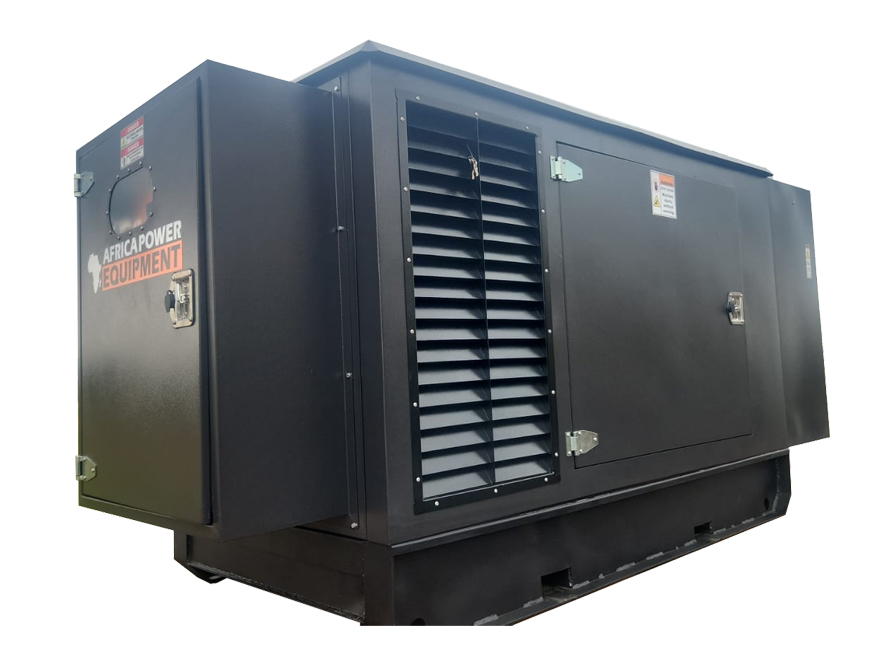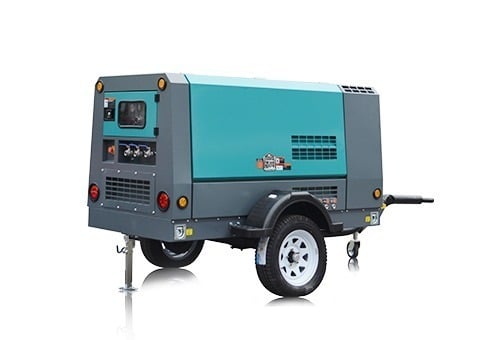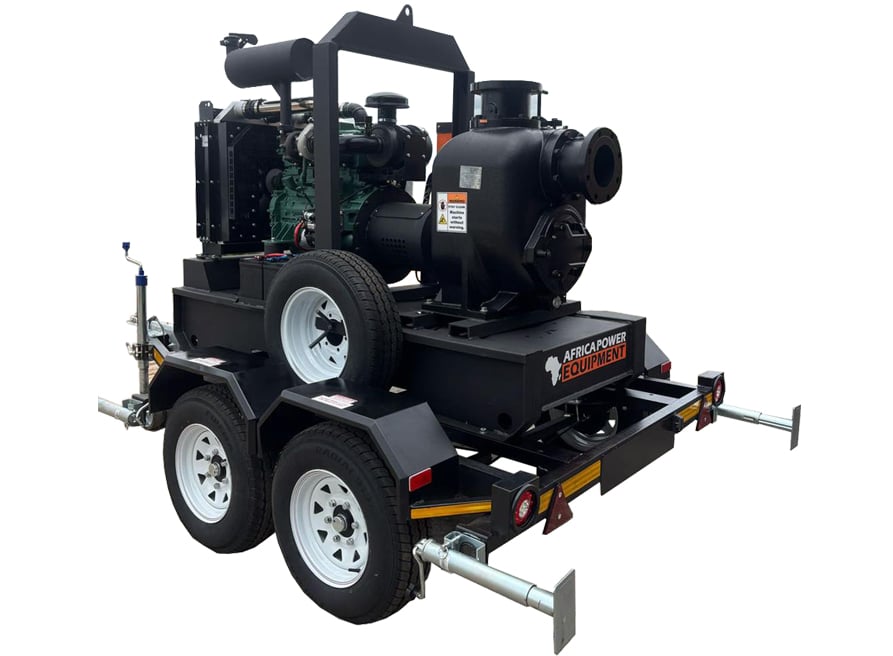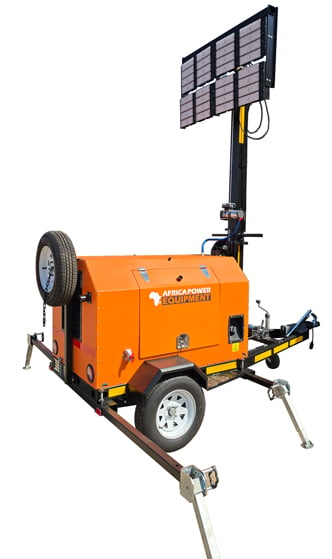Jet Pump vs Submersible Pump: Which One is Right for You?
Choosing the right pump for your water needs—whether for home, agriculture, or borehole use—often comes down to two main options: jet pumps and submersible pumps. While both serve the same function (moving water), they differ in installation, performance, efficiency, and application.
In this article, we’ll break down the key differences between jet pumps and submersible pumps, and help you decide which is best suited for your setup.
🚀 What Is a Jet Pump?
A jet pump is mounted above ground and uses suction to draw water from a source below, such as a well, borehole, or water tank.
How It Works:
Jet pumps use a venturi effect (a nozzle and diffuser) to create pressure that draws water up the suction pipe.
Key Features:
-
Installed outside the water source
-
Ideal for shallow wells up to ~7 meters (single-stage)
-
Available in deep well versions with injector kits for depths up to ~30 meters
-
Easier to access for maintenance or repairs
🌊 What Is a Submersible Pump?
A submersible pump is installed directly inside the water source, submerged at the bottom of a well, borehole, or tank.
How It Works:
These pumps push water to the surface using impellers within a sealed, waterproof casing. Since they’re already below the water level, they don’t rely on suction.
Key Features:
-
Installed underwater inside boreholes or tanks
-
Can handle deep wells over 100 meters
-
Highly energy-efficient due to reduced friction and direct water contact
-
Quieter operation and longer lifespan
🔍 Comparison Table: Jet Pump vs. Submersible Pump
| Feature | Jet Pump | Submersible Pump |
|---|---|---|
| Location | Above ground | Inside the water source |
| Max Depth | Up to 30m (with deep well kit) | 100m+ |
| Efficiency | Lower (due to suction losses) | Higher (push mechanism) |
| Noise | Noisier (external motor) | Quieter |
| Maintenance | Easy access | Requires removal from borehole |
| Cost | Lower initial cost | Higher initial cost, but more efficient |
| Ideal Use | Shallow wells, irrigation, booster systems | Deep wells, boreholes, reliable domestic supply |
🏡 Which Pump is Better for Boreholes?
For borehole applications, especially those deeper than 20–30 meters, a submersible pump is the clear winner. They are designed to handle vertical pressure and consistently deliver strong water flow with minimal power usage.
Jet pumps are better suited for shallow wells or tanks where the water source is close to the surface and ease of maintenance is a priority.
🔌 Power and Efficiency
-
Submersible pumps typically consume less power per liter pumped due to reduced friction.
-
Jet pumps, while less efficient, are more versatile in areas where installation space is limited or for portable setups.
🛠 Maintenance Considerations
| Pump Type | Maintenance Needs |
|---|---|
| Jet Pump | Easily accessible for cleaning or repairs |
| Submersible Pump | More difficult to reach; must be pulled from the well |
However, submersible pumps tend to require less frequent maintenance, thanks to sealed motors and less exposure to debris.
⚠️ Noise & Vibration
Because submersible pumps are underwater, they are almost silent, making them ideal for residential or quiet areas. Jet pumps, on the other hand, can be noisy and may require soundproof housing if installed near living spaces.
💧 Use Case Examples
-
Jet Pump: Garden irrigation from a shallow tank, home pressure boosting system, rural water transfer
-
Submersible Pump: Deep borehole water extraction for homes, farms, or commercial buildings
🔗 Internal Linking Opportunities
Still unsure which pump is right for your water system?
👉 Explore our full range of jet and submersible pumps at www.PowerEquipment.co.za





